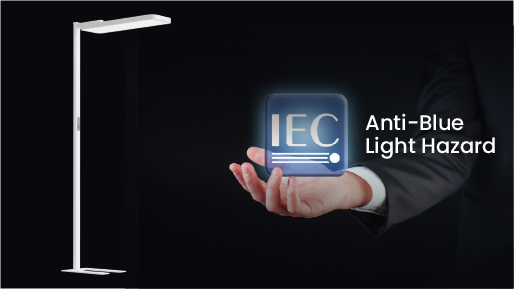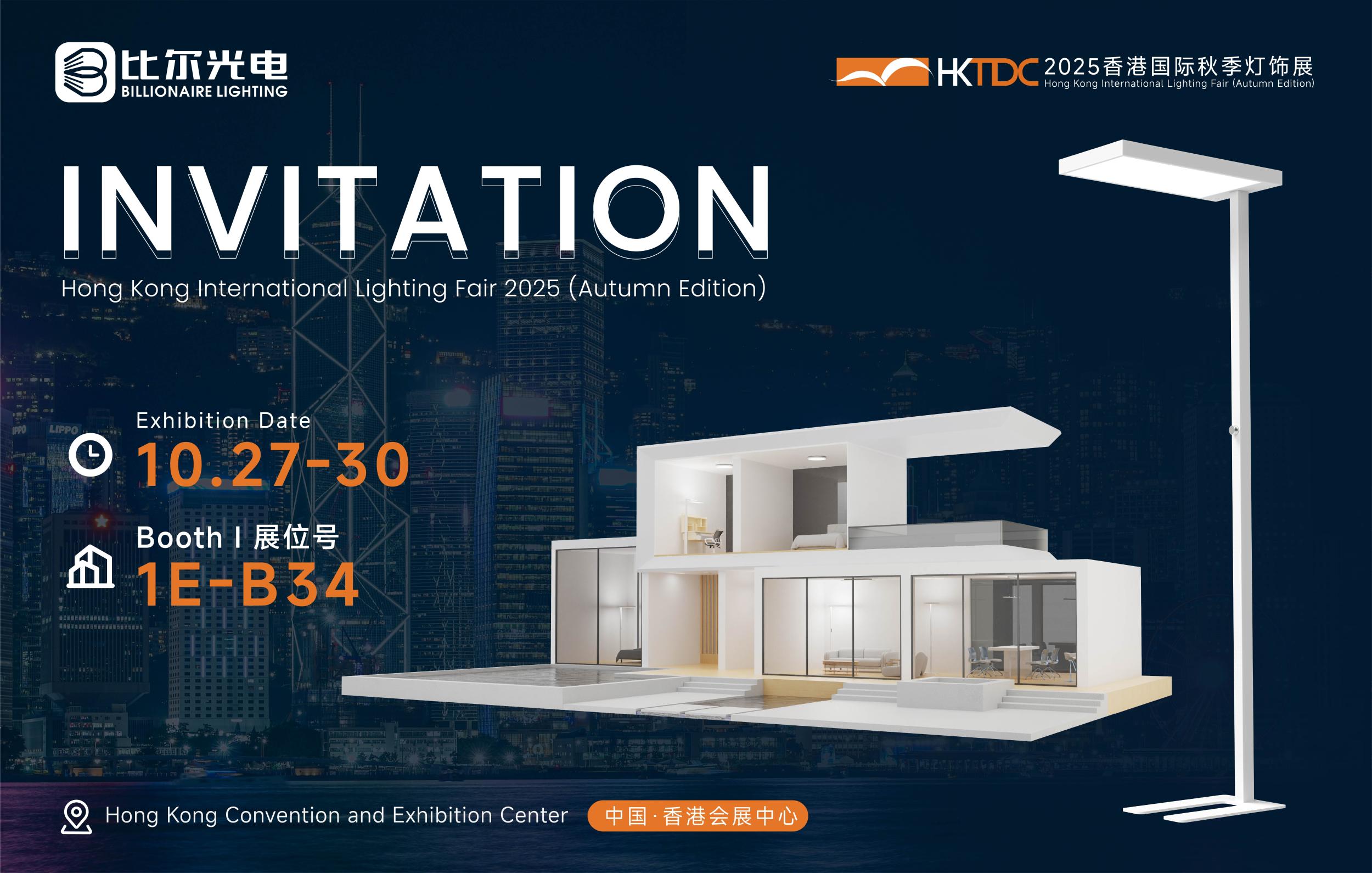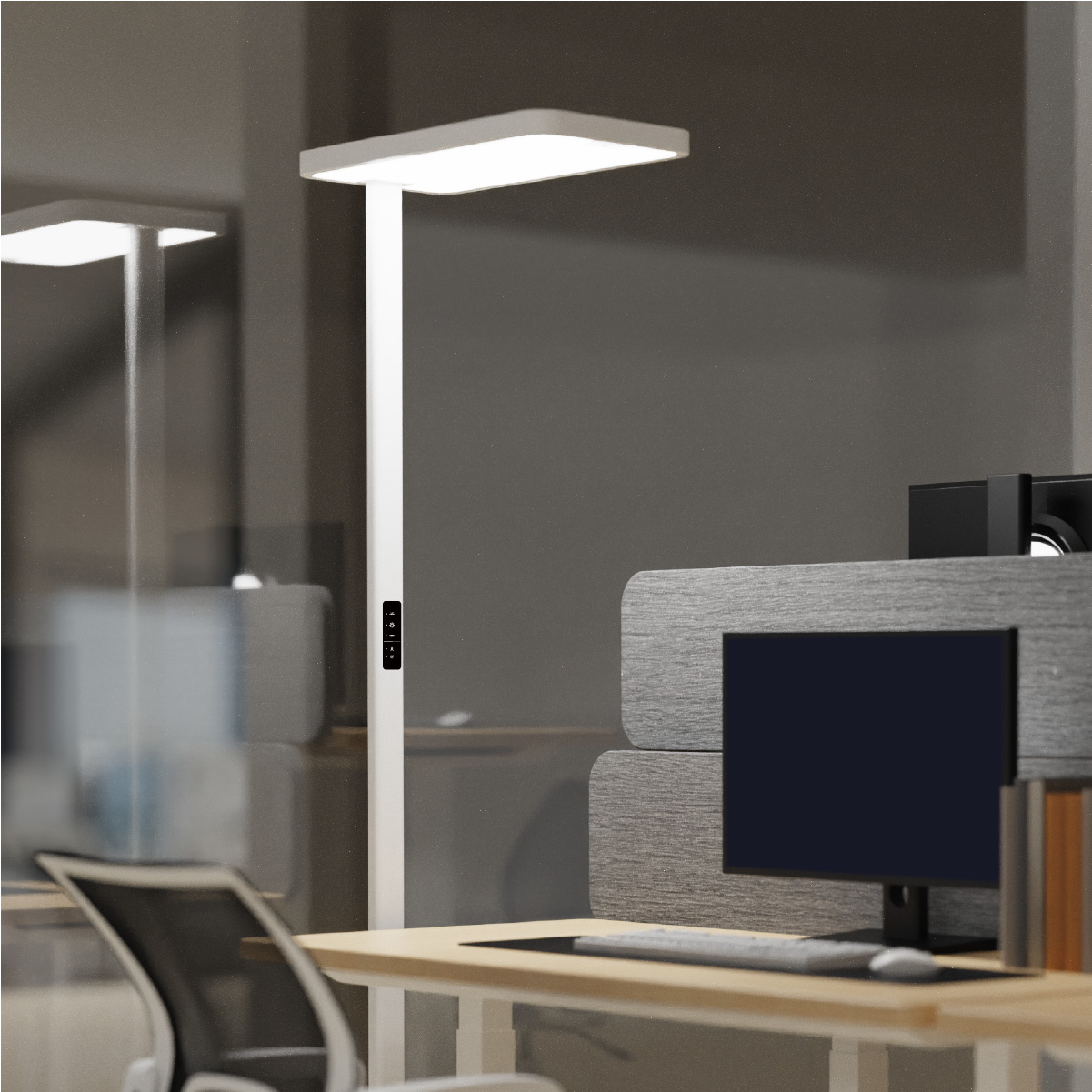In the modern office environment, where productivity, comfort, and innovation are highly valued, the smart office table lamp has emerged as a game - changing device. It is not just a simple source of light anymore but a multifunctional tool that integrates advanced technologies to enhance the overall work experience. This article will explore the features, benefits, technological advancements, and the future potential of smart office table lamps.
Features of Smart Office Table Lamps
Adjustable Lighting Modes
Smart office table lamps offer a wide range of adjustable lighting modes. They can provide warm, soft light similar to incandescent bulbs, which is ideal for creating a cozy and relaxing atmosphere during breaks or when working on tasks that require a more laid - back mindset. On the other hand, they can also emit cool, bright white light, mimicking natural daylight. This is extremely beneficial for tasks that demand high concentration, such as reading detailed reports, coding, or graphic design work. Some smart lamps even come with customizable color temperatures, allowing users to fine - tune the light to their specific needs. For example, a person with sensitive eyes may prefer a slightly warmer light with a color temperature of around 3000K, while someone working on visual content may find a cooler 6000K light more suitable.
Dimming Functionality
The ability to dim the light is another crucial feature. With a simple touch or through a mobile app, users can adjust the brightness of the smart table lamp according to the ambient light in the office or their personal preferences. In a shared office space, if the overall room lighting is bright, a user may want to dim their table lamp to reduce glare on their computer screen. Conversely, in a dimly lit corner or during late - night work sessions, increasing the brightness can improve visibility. The dimming function also helps in energy conservation. By reducing the light output when full brightness is not required, the lamp consumes less power, making it an eco - friendly choice.
Motion Sensor Technology
Many smart office table lamps are equipped with motion sensors. This feature enables the lamp to detect the presence of a person in its vicinity. When a user approaches their desk, the lamp automatically turns on, eliminating the need to fumble for a switch in the dark. Similarly, if the sensor does not detect any movement for a certain period (usually adjustable, ranging from a few minutes to half an hour), the lamp will turn off. This not only saves energy but also extends the lifespan of the lamp. In an office where employees frequently get up to attend meetings, grab a coffee, or collaborate with colleagues, the motion - sensor - activated smart lamp ensures that light is only on when it is actually needed.
Connectivity and Integration
Smart office table lamps are designed to be highly connected. They often support Wi - Fi or Bluetooth connectivity, allowing users to control them using a smartphone or tablet. Through dedicated mobile apps, users can not only adjust the lighting modes and brightness but also set schedules. For example, an employee can set the lamp to turn on 15 minutes before their usual arrival time at the office, so the workspace is well - lit and inviting when they arrive. These lamps can also be integrated with other smart home or office devices. They can be synchronized with smart thermostats, so when the temperature in the office changes, the lamp's color or brightness can be adjusted accordingly to create a more comfortable environment. Additionally, integration with voice - controlled assistants like Amazon Alexa or Google Assistant enables hands - free operation. A simple voice command such as "Alexa, turn on my table lamp" or "Hey Google, set my lamp to reading mode" makes using the lamp even more convenient.
Benefits of Smart Office Table Lamps
Enhanced Productivity
The right lighting can have a significant impact on productivity. Smart office table lamps, with their adjustable lighting modes and brightness levels, help users create an optimal working environment. The ability to switch between warm and cool light based on the task at hand can improve focus and concentration. For instance, when working on creative tasks like writing or brainstorming, warm light can stimulate creativity. In contrast, cool light can enhance alertness and efficiency during more analytical tasks. The motion - sensor technology also ensures that the light is always available when needed, reducing disruptions and keeping the workflow seamless. By eliminating the distractions caused by poor lighting or the need to manually adjust the lamp, employees can stay more engaged in their work, leading to increased productivity.
Improved Eye Health
Prolonged exposure to harsh or inappropriate lighting can cause eye strain, fatigue, and other vision problems. Smart office table lamps are designed with eye - friendly features. The ability to adjust the color temperature and brightness helps in reducing glare and blue - light emission. Blue light, especially in high - intensity, can disrupt the body's natural sleep - wake cycle and cause eye discomfort. Smart lamps with low - blue - light settings are particularly beneficial for those who spend long hours in front of a computer screen. Additionally, the smooth dimming function ensures that there are no sudden changes in light intensity that could startle the eyes. By providing a more comfortable and natural - looking light, smart office table lamps contribute to better eye health for office workers.
Energy Efficiency
In an era where environmental sustainability is a top priority, energy - efficient devices are highly sought after. Smart office table lamps consume significantly less energy compared to traditional incandescent or fluorescent lamps. The dimming function and motion - sensor technology play a major role in this. By automatically turning off when not in use and reducing power consumption during periods of low - light requirement, these lamps help in cutting down electricity bills. In a large office building with hundreds of desks, the cumulative energy savings from using smart table lamps can be substantial. Moreover, many smart lamps use LED technology, which is known for its energy - efficiency and long lifespan. LED bulbs can last up to 25 times longer than traditional incandescent bulbs, reducing the need for frequent replacements and further minimizing waste.
Customization and Comfort
One of the key advantages of smart office table lamps is the high level of customization they offer. Every user has different lighting preferences, and these lamps allow for a personalized experience. Whether it's the color temperature, brightness, or the timing of when the lamp turns on and off, users can tailor the settings to their individual needs. This customization not only improves the visual comfort but also contributes to a more pleasant and personalized workspace. In an open - plan office, where employees may have different work rhythms and lighting requirements, smart table lamps enable each person to create their own comfortable micro - environment.
Technological Advancements in Smart Office Table Lamps
LED Technology Evolution
LED (Light - Emitting Diode) technology has been the driving force behind the development of smart office table lamps. Over the years, LED technology has evolved significantly. Modern LEDs are more energy - efficient, brighter, and offer a wider range of color temperatures compared to their predecessors. The color rendering index (CRI) of LEDs has also improved. A high CRI means that the LED light can accurately reproduce the colors of objects, similar to natural light. This is crucial for tasks such as graphic design, photography, and color - sensitive industries. Newer LED chips are also smaller and more durable, allowing for more compact and long - lasting smart table lamp designs.
Sensor Innovations
In addition to motion sensors, other sensor technologies are being integrated into smart office table lamps. Ambient light sensors are becoming increasingly common. These sensors can detect the level of light in the surrounding environment and automatically adjust the brightness of the lamp to maintain a consistent light level. For example, if the sunlight streaming through the office windows brightens the room, the smart lamp will dim its output to avoid over - illumination. Some lamps are also incorporating biometric sensors. These sensors can detect the user's heart rate, stress level, or even their posture. Based on this data, the lamp can adjust its lighting to promote relaxation or alertness. For instance, if the sensor detects that the user is stressed, the lamp may switch to a warm, calming light.
Software and Connectivity Improvements
The software that powers smart office table lamps is constantly evolving. Mobile apps are becoming more intuitive and feature - rich. They now offer more advanced scheduling options, such as setting different lighting scenarios for different days of the week or times of the day. Cloud - based connectivity is also being implemented, allowing users to access and control their lamps from anywhere in the world as long as they have an internet connection. This is useful for employees who work remotely or travel frequently. Additionally, improvements in Wi - Fi and Bluetooth technology have made the connection between the lamp and the controlling device more stable and reliable. There are also efforts to standardize the communication protocols between different smart devices, which will further enhance the integration capabilities of smart office table lamps.
The Future of Smart Office Table Lamps
Further Integration with IoT Ecosystems
The Internet of Things (IoT) is rapidly expanding, and smart office table lamps are likely to play an even more integral role in future IoT ecosystems. They could be connected to a wide range of other office and home devices, such as smart blinds, air purifiers, and even office equipment like printers and copiers. For example, when the printer starts a large print job, the smart table lamp could dim slightly to indicate that the device is in use and to save energy. Or, if the air quality in the office deteriorates, the lamp could change color to alert employees and trigger the air purifier to work at a higher speed. This seamless integration will create a more interconnected and intelligent workspace.
Advanced Health - Monitoring Features
As the focus on employee well - being continues to grow, smart office table lamps may incorporate more advanced health - monitoring features. In addition to biometric sensors for stress and heart rate monitoring, future lamps could potentially detect the presence of harmful pollutants in the air or monitor the humidity levels in the immediate vicinity. Based on this data, the lamp could either provide an alert or even take corrective actions, such as triggering a small - scale air - humidifying or de - humidifying function built into the lamp itself. This would not only contribute to the overall health of the employees but also enhance the functionality of the lamp beyond just providing light.
Sustainable and Recyclable Designs
With increasing environmental awareness, future smart office table lamps are likely to be designed with sustainability in mind. Manufacturers may use more recycled materials in the construction of the lamps and develop more energy - efficient manufacturing processes. Additionally, the lamps may be designed to be easily disassembled for recycling at the end of their lifespan. There could also be an emphasis on using renewable energy sources to power the lamps, such as integrating small solar panels or the ability to harvest energy from ambient radio - frequency signals. This would make smart office table lamps even more eco - friendly and in line with the global push for a sustainable future.
Augmented Reality (AR) and Virtual Reality (VR) Integration
As AR and VR technologies become more prevalent in the workplace, smart office table lamps could be integrated with these immersive technologies. For example, in a virtual meeting or training session using VR, the smart lamp could adjust its lighting to match the virtual environment. If the VR scenario is set in a bright outdoor location, the lamp could emit a bright, warm light to enhance the sense of immersion. In an AR - enabled workspace, the lamp could project additional information or visual cues onto the desk surface, such as reminders, task lists, or interactive visualizations. This integration would add a new dimension to the functionality of smart office table lamps and enhance the overall user experience in the digital - physical hybrid workspaces of the future.
In conclusion, smart office table lamps are already revolutionizing the modern workspace with their advanced features, benefits, and technological prowess. As technology continues to evolve, these lamps are set to become even more integrated, functional, and sustainable, further enhancing the productivity, comfort, and well - being of office workers around the world.



